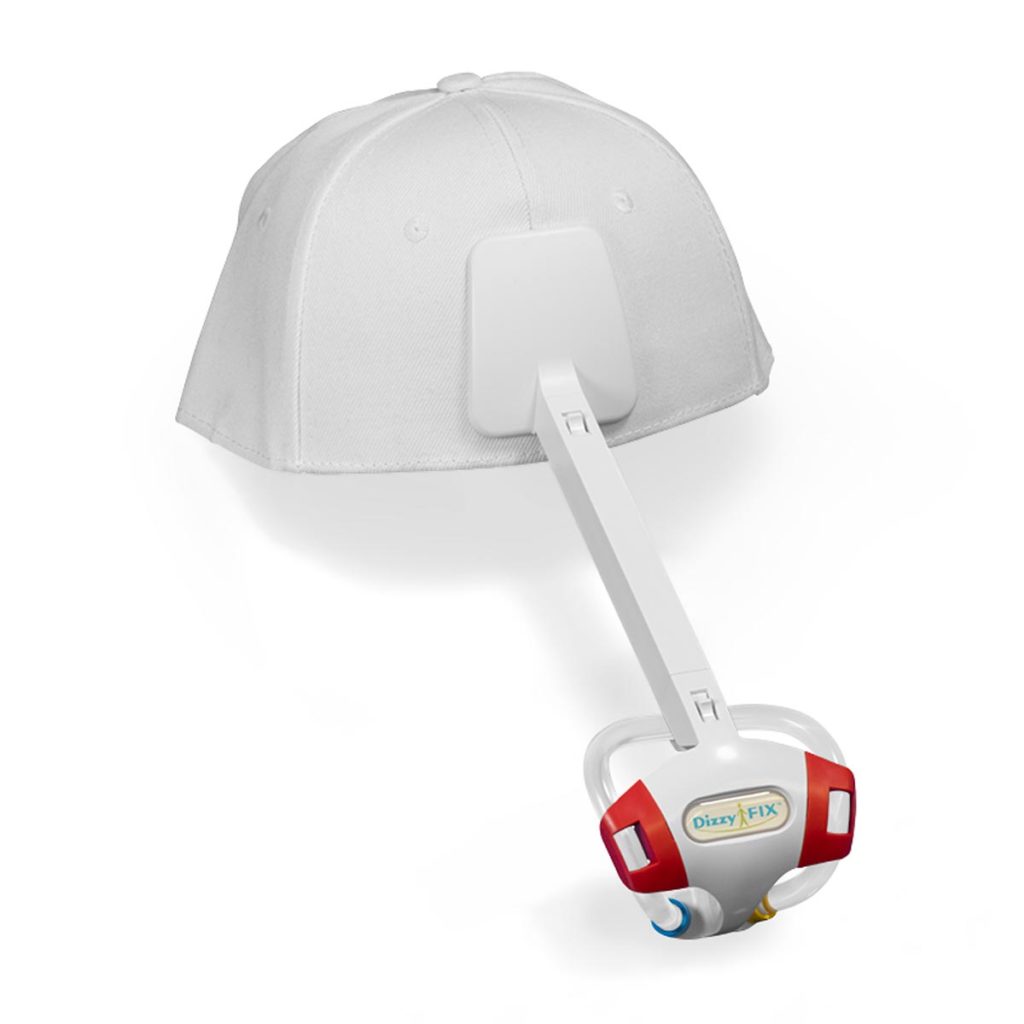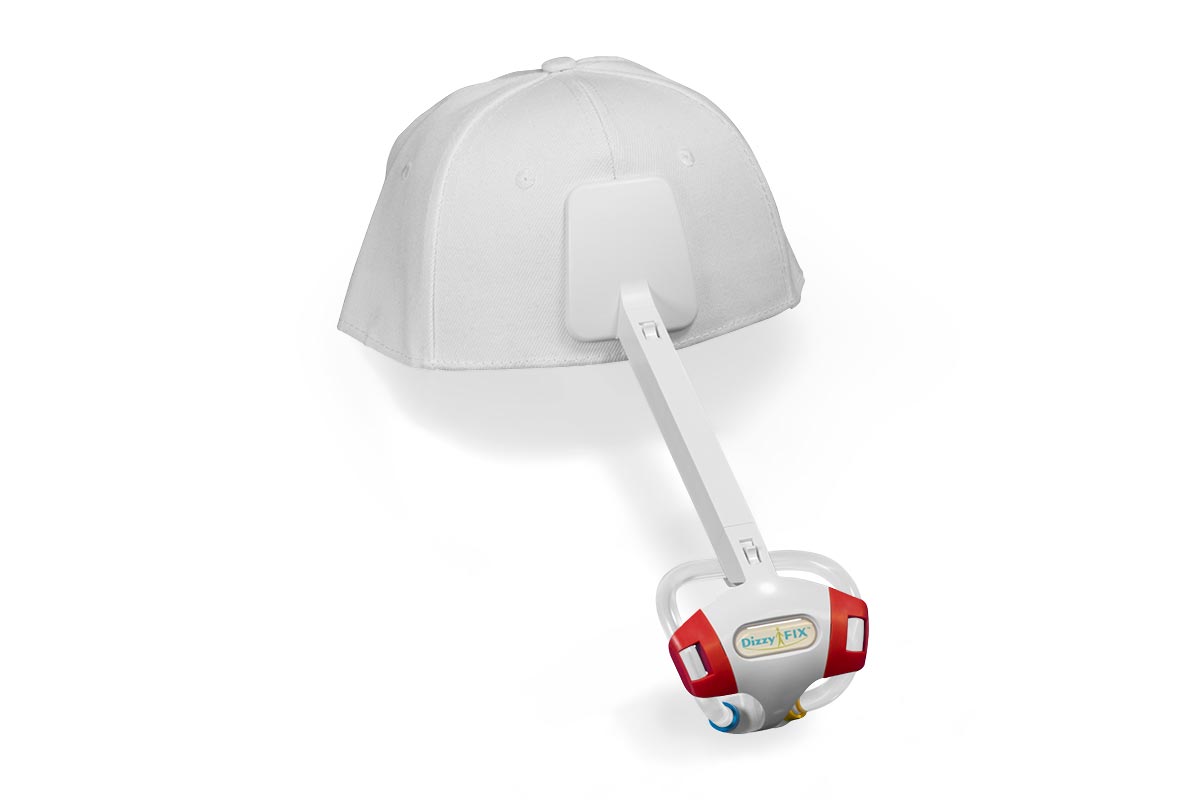By managing all these components and the contract manufacturing process, Taurus Engineering ensured a comprehensive and integrated approach to the development and production of the medical device. This level of involvement is crucial for creating a successful, high-quality, and reliable product for patients suffering from vertigo.

- Device Purpose: This device was designed for patients suffering from vertigo, a condition characterized by dizziness and a sensation of spinning or movement. The device is intended to help alleviate symptoms or assist in the management of vertigo.
- Eight Molded Components: Taurus Engineering handled the design, tooling, molding, and validation of eight molded components that are vital to the functioning of the device. These components are very critical for ensuring the device’s effectiveness and reliability.
- Ultrasonic Welding of ABS to Fabric: As part of the device assembly, Taurus utilized ultrasonic welding to join ABS (Acrylonitrile Butadiene Styrene) material to fabric. This type of welding is commonly used for plastics and fabrics, providing strong and durable bonds.
- Management of All Components: Taurus Engineering is responsible for managing all the components required for the device. This includes sourcing the necessary materials, coordinating with approved suppliers, and ensuring a smooth supply chain to support the manufacturing process.
- Contract Manufacturing: Taurus handled the entire contract manufacturing process, which involved overseeing and coordinating the production of the device from start to finish. This includes managing manufacturing partners, quality control, and ensuring that the final product meets all regulatory requirements.
- Specific Parts Included:
• Hat: The hat component is the wearable part of the device that goes on the patient’s head. It houses various sensors & mechanisms for vertigo treatment or monitoring.
• Tubing Assembly: This assembly is responsible for carrying fluids for therapy or diagnostic purposes related to vertigo.
• Base: The base component serves as the foundation or support for the device, providing stability during use.
• Arm: The arm is an adjustable or movable part that allows the device to be positioned correctly on the patient’s head.
• Mount: The mount component facilitates the attachment of other accessories to the device.
• Rail: The rail is a guiding element that helps in the adjustment of parts of the device.
